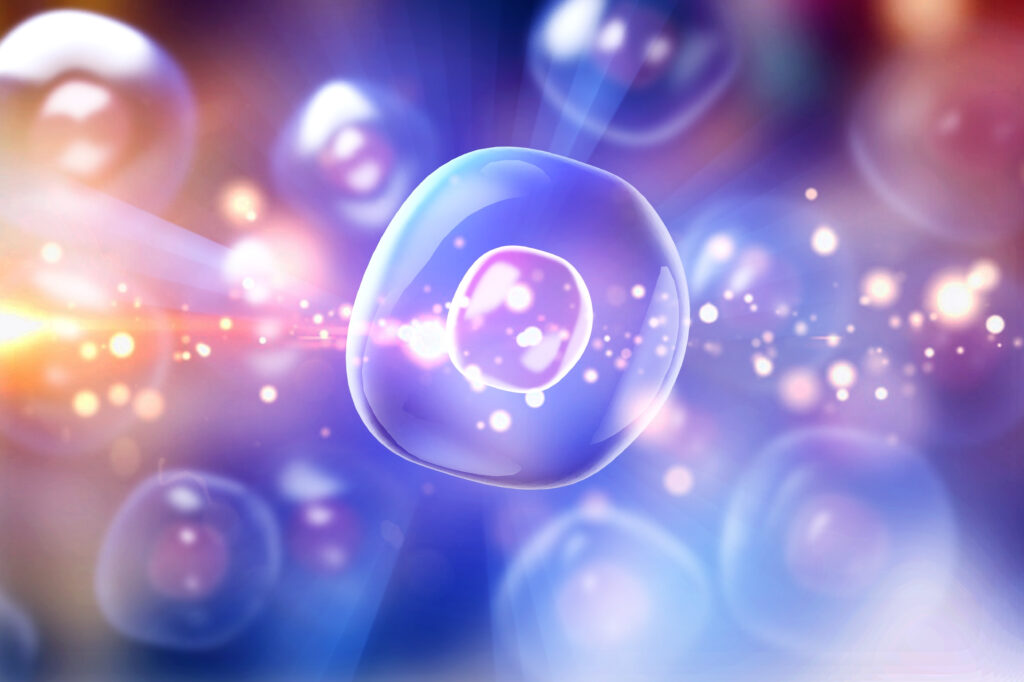
Erectile dysfunction (ED) is a condition that affects many men world-wide and can be linked to multiple factors, including age and vascular risk factors such as diabetes, coronary artery disease, and hypertension. As the aging population grows throughout the world, so does the prevalence of ED. Studies predict that by 2025, approximately 322 million men will suffer from ED–an increase from the 1995 estimated 152 million.
While there are many effective treatments for erectile dysfunction, not all of them produce the desired outcomes. Medications like Viagra can have side-effects or be contraindicated to people with particular conditions, while invasive surgeries can cause long-term complications and result in poor outcomes. Additionally, some topical medications and herbal supplements are not only a waste of time and money but they can also do damage to an individual’s health.
However, there is hope. Multipotent mesenchymal stem cells, which can be found in fetal tissue, umbilical cord blood, and various adult tissues, can help to regenerate damaged tissue in the body. These stem cells may be able to assist in local growth and regeneration of the tissue that is damaged, potentially offering a solution for those suffering from erectile dysfunction (ED).
Studies have explored the use of stem cells to repair damaged penile tissue and improve circulation, as well as to increase libido and sexual desire. However, due to the limited number of studies conducted thus far, it is difficult to definitively conclude whether stem cell therapy can provide long-term relief from ED symptoms. More clinical trials are necessary before definitive conclusions can be reached about the efficacy of this novel treatment option.
A study, Determining the Feasibility of Managing Erectile Dysfunction in Humans With Placental-Derived Stem Cells, looked into the potential of treating patients who suffer from ED with stem cell therapy.

Results of the Study
Researchers are studying the use of placental matrix–derived mesenchymal stem cells (PM-MSCs) to help treat erectile dysfunction in humans. These cells are believed to improve blood flow to the penis and were derived from the chorionic placenta. The study recruited patients with ED who were not able to tolerate oral therapy and did not want a penile prosthesis. The goal was to better understand how stem cell therapy could improve patient outcomes.
At the initial visit, patients provided written informed consent and completed a questionnaire to determine the status of their erectile function. They were then injected with a control solution to standardize data, and underwent penile Doppler ultrasonography to measure their baseline peak systolic velocity (PSV) and end diastolic velocity (EDV). Measurements of stretched penile length (SPL) and penile width were also taken, and rigidity testing was performed.
Two weeks later, each patient received an injection of mesenchymal stem cells into the base of the corpora cavernosum. Follow-up visits were made 6 weeks, 3 months, and 6 months after to measure changes in PSV, EDV, SPL, and penile width. At each visit, efficacy was assessed using the IIEF questionnaire.
During the study, three patients experienced irritation at the injection site, which resolved after 48 hours. No patients experienced any other adverse effects such as priapism, penile hematomas, or infections.
Baseline peak systolic velocity ranged from 23.1 cm/s to 49.3 cm/s, and improved significantly at 6 weeks after the PMMSC injection. This improvement continued to be statistically significant at 3 months and 6 months after the injection. At the 6-month follow-up, PSV ranged from 50.7 cm/s to 73.9 cm/s, which demonstrated a statistically significant improvement in erections compared to baseline measurements. However, no statistically significant changes were observed in end diastolic velocity, stretched penile length, or penile width at any of the follow up visits.
At six weeks, three patients reported that they could achieve erections without further pharmacologic assistance; four needed low dose oral medication; one patient continued using trimix solution to achieve an erection. Mild irritation was reported at the injection site by 3 patients, however this resolved within 48 hours without further issues such as priapism or infection emerging during follow up visits.
The results of this study show that PM-MSCs may offer a promising new treatment option for ED, with a low risk of side effects. Patients who are currently struggling with ED may want to discuss this treatment option with their healthcare provider to determine if it could be right for them. With such positive results, those affected by ED can look ahead to improved treatments that will hopefully bring them closer to achieving satisfactory outcomes.
Determining the Feasibility of Managing Erectile Dysfunction in Humans With Placental-Derived Stem Cells – Read the full study.

